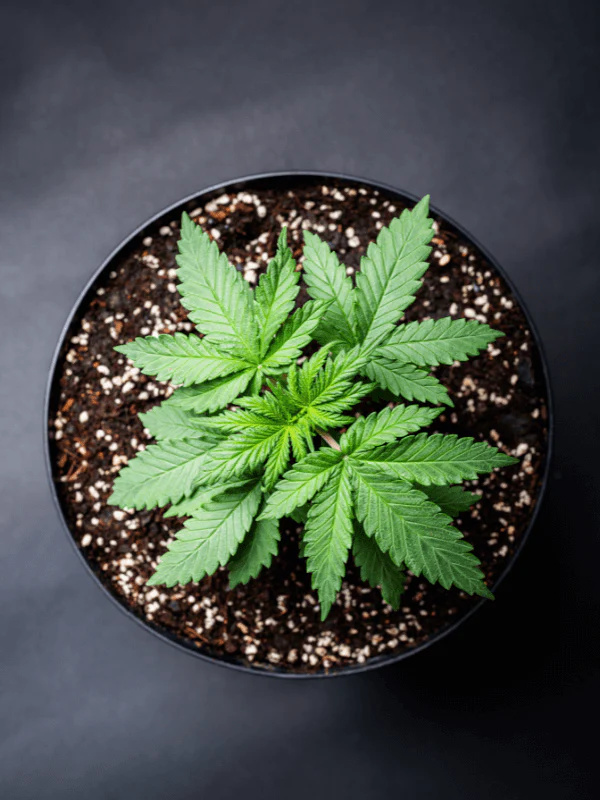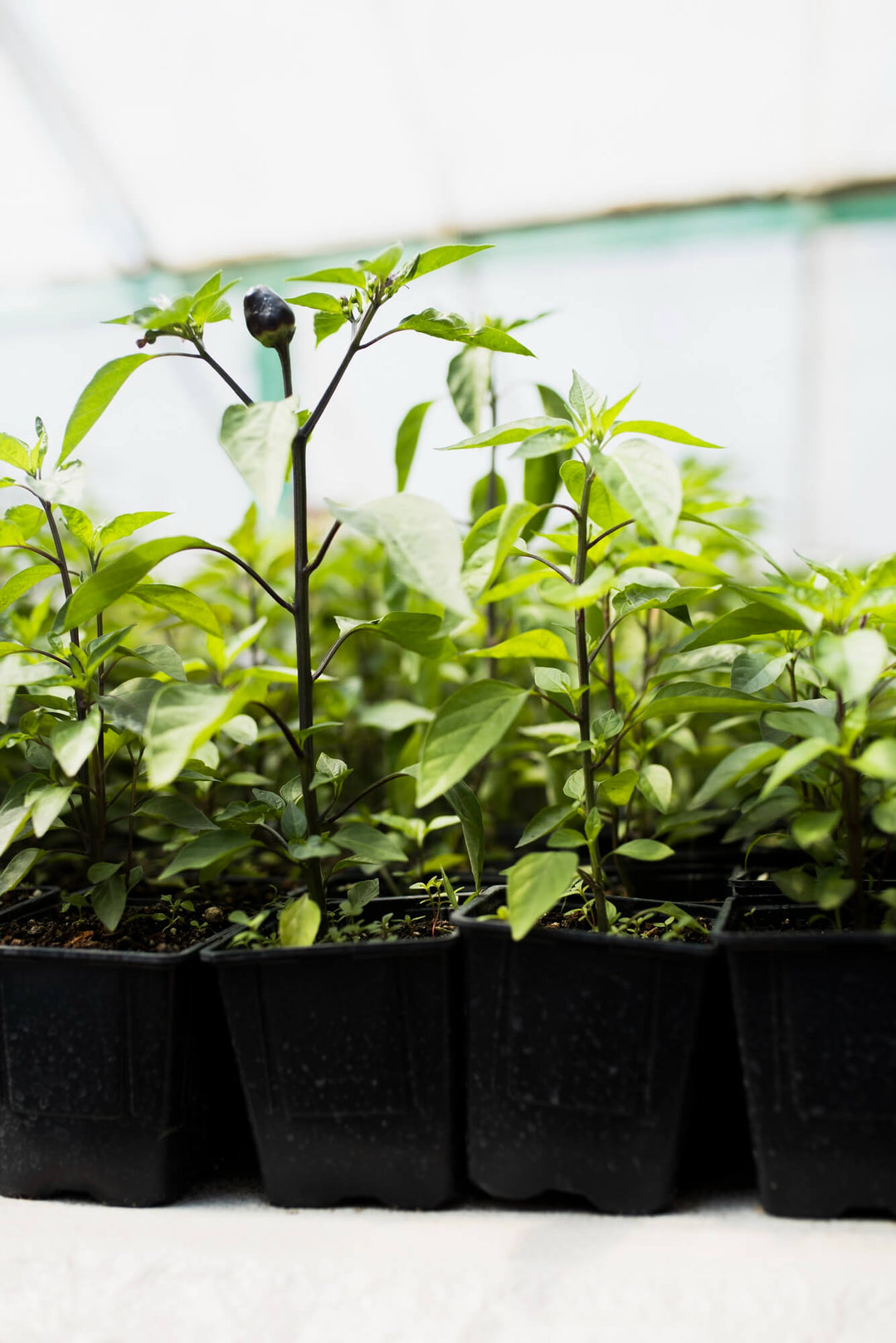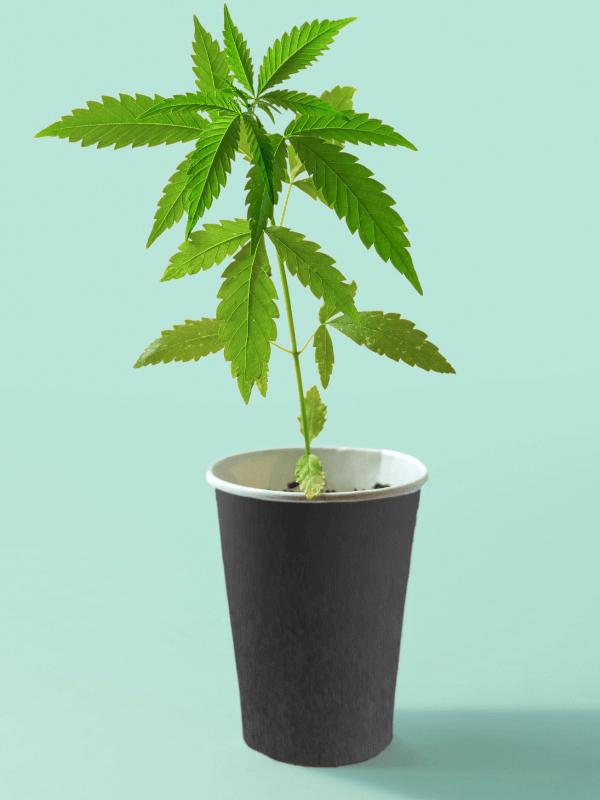Cannabis mainlining - More yield through optimal training
If you want to get the most out of your plants when growing cannabis, you should look into the mainlining technique, where the plant is pruned and trained to develop a symmetrical structure.
This method not only ensures an even distribution of the flowers, but also a more efficient use of light and nutrients. The result: larger, denser buds and an overall higher yield - without the need for more space or additional lamps. Mainlining is a clever strategy, especially for indoor growers, to make the most of the growing space and improve the quality of the harvest.
What is mainlining with cannabis?
Mainlining is a special cultivation method in which a cannabis plant is trained to develop a symmetrical structure. Young plants are pruned early and their main shoots are divided into even arms. The advantage of this technique lies in better light distribution, a more efficient nutrient supply and ultimately a higher yield.
Instead of a plant growing uncontrollably in height and producing uneven buds, mainlining ensures an even distribution of flowers, meaning that all buds receive similar amounts of light and nutrients, resulting in dense, resin-rich flowers.


Why is mainlining worthwhile for cannabis?
Many growers rely on mainlining because it offers numerous advantages. A uniform plant structure means that all flowers receive an optimal amount of light, maximising the overall yield without the need for additional lamps or more space.
Another advantage is the control over growth. By training the plant early, its direction of growth can be precisely determined. This not only ensures even development, but also facilitates care and harvesting. In addition, the risk of mould or poor ventilation is reduced, as the plant grows more airily than with natural, uncontrolled growth.
Using mainlining correctly - a simple guide
A step-by-step approach is important for successful mainlining . The process starts early in the plant's growth and requires a little patience to achieve the best results.
- Top the plant for the first time Once the plant has reached the third or fourth node, it is topped above this point, creating two even main shoots.
- Fix the new shoots - The two main shoots are tied slightly to one side to create a symmetrical base. This can be done with plant ties or soft wires.
- Carry out further topping - Once the new shoots have developed further, each main shoot is topped again, doubling the number of shoots each time.
- Regular training and care - To maintain a perfect growth habit, the shoots should be gently fixed again and again. At the same time, it is important to keep the plant healthy and watch out for signs of stress or deficiency symptoms.
- Distribute the buds optimally - When the plant enters the flowering phase, care should be taken to ensure that all main shoots have sufficient space and are well lit.

Mainlining vs. topping
Many growers wonder whether mainlining is really better than simple topping. Both methods have their advantages, but there is one crucial difference.
With topping, the main shoot is cut off so that several new shoots form, which makes for a bushier plant, but the new shoots often develop unevenly.
With mainlining, on the other hand, care is taken to ensure that a completely symmetrical structure is formed, which means that the plant not only grows bushier, but also in a more controlled manner, resulting in a more even distribution of light and therefore higher yields.
Anyone who values efficient utilisation of space and uniform development will benefit significantly from the mainlining technique.
Cuttings View all
Avoid common mistakes when mainlining
Although mainlining is an effective technique, there are some mistakes that can affect its success. One common mistake is to top the plant too early. If the plant is not yet strong enough, it can't cope well with the pruning and grow more slowly.
Another problem occurs if the plant is not trained regularly. Mainlining requires continuous control of the direction of growth. If the shoots are not fixed properly, the plant can grow uncontrollably again and the desired benefits are lost.
Overestimating the growth rate can also lead to difficulties. Some growers top their plants too quickly one after the other without giving them enough time to recover. This can cause stress and slow down growth.
How long does mainlining take?
The entire process of mainlining takes a little more time than natural growth. As the plant is topped several times and has to recover between pruning phases, the growth phase can be extended by a few weeks. However, this extra time pays off as the plant ends up with a significantly higher yield than without training.
A good way to track growth is to document it with photos or time-lapse recordings. Many growers film their plants over a period of weeks to see the impressive development later.



















